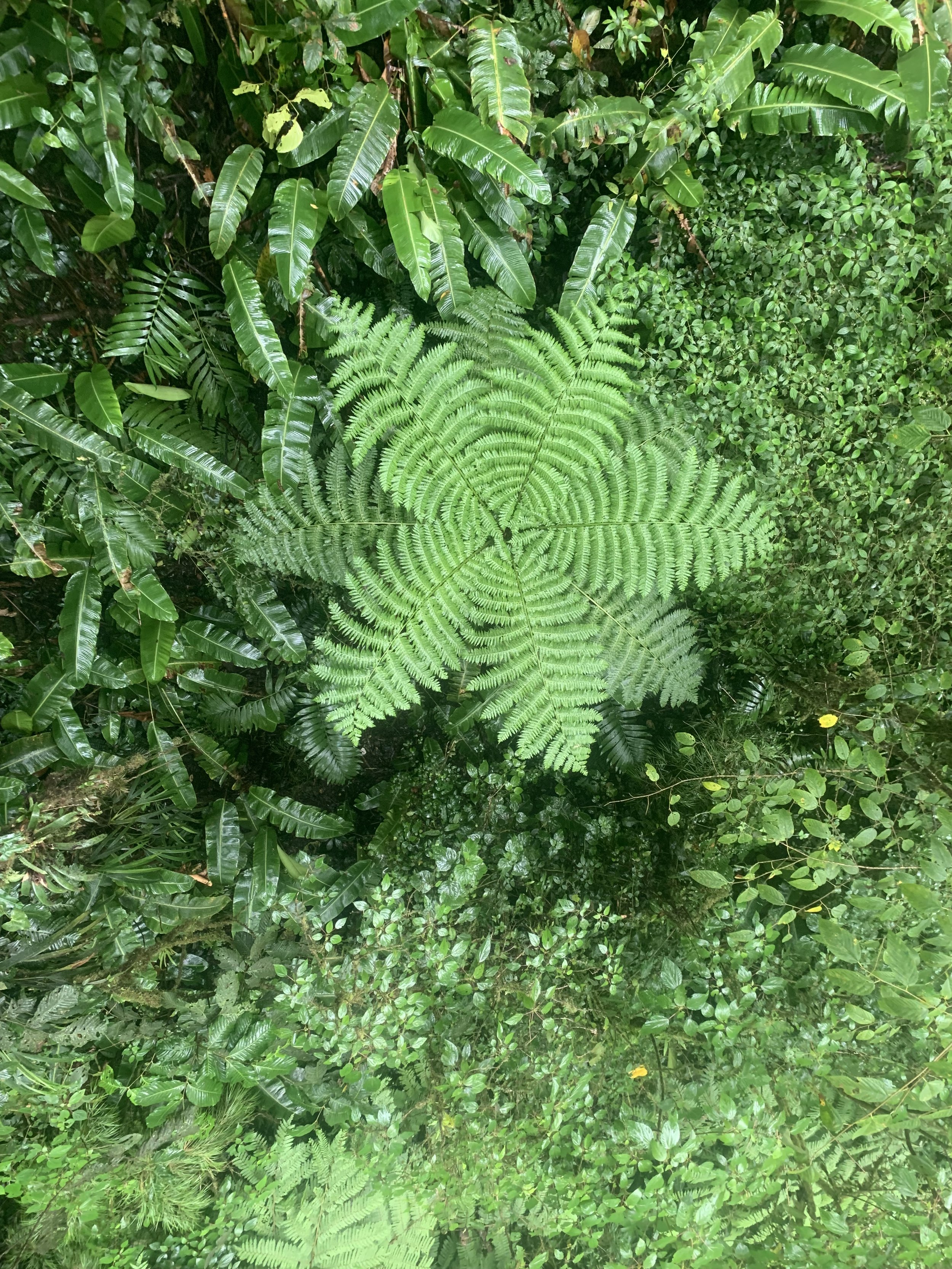
Become a Member
The Tropical Fern & Exotic Plant Society is based in South Florida.
Our dedicated individual members collect and cultivate tropical ferns & exotic plants.
Our members include plant enthusiasts from all over the world.
We meet at Fairchild Tropical Botanic Garden on the Fourth Monday of every month
(except July, August & December).
Learn About the Society
Find out about our mission, who we are and what we do.
Next Meeting
The next meeting is on October 28, 2024 and will be held in the Garden House at Fairchild Tropical Botanic Garden. This meeting is the Annual Auction. Preview is at 7pm and the auction will begin promptly at 7:30pm.

Valerie Holt is chairperson and needs volunteers to work the event.
Contact her at 305-893-8729 or bobandval@att.net to volunteer.
Remember this event is our main fund raising for the year.





